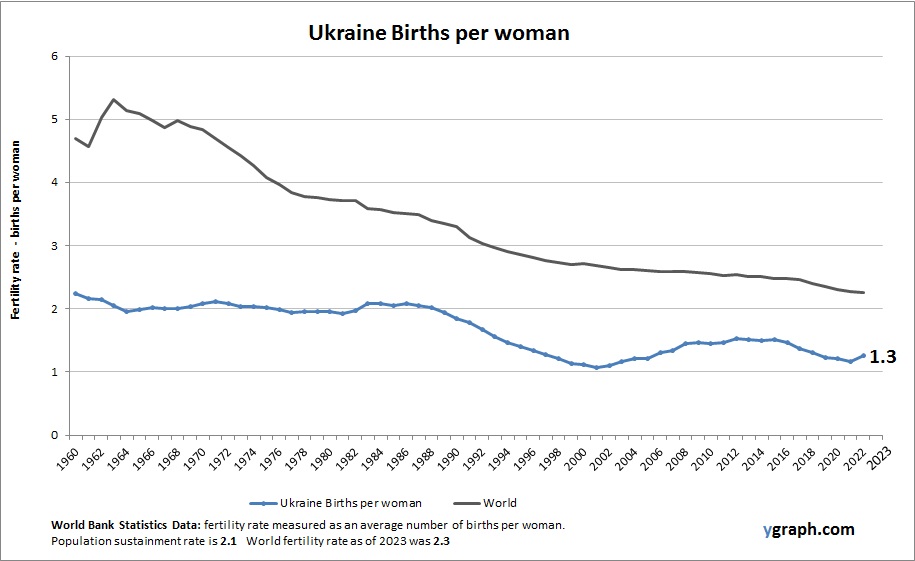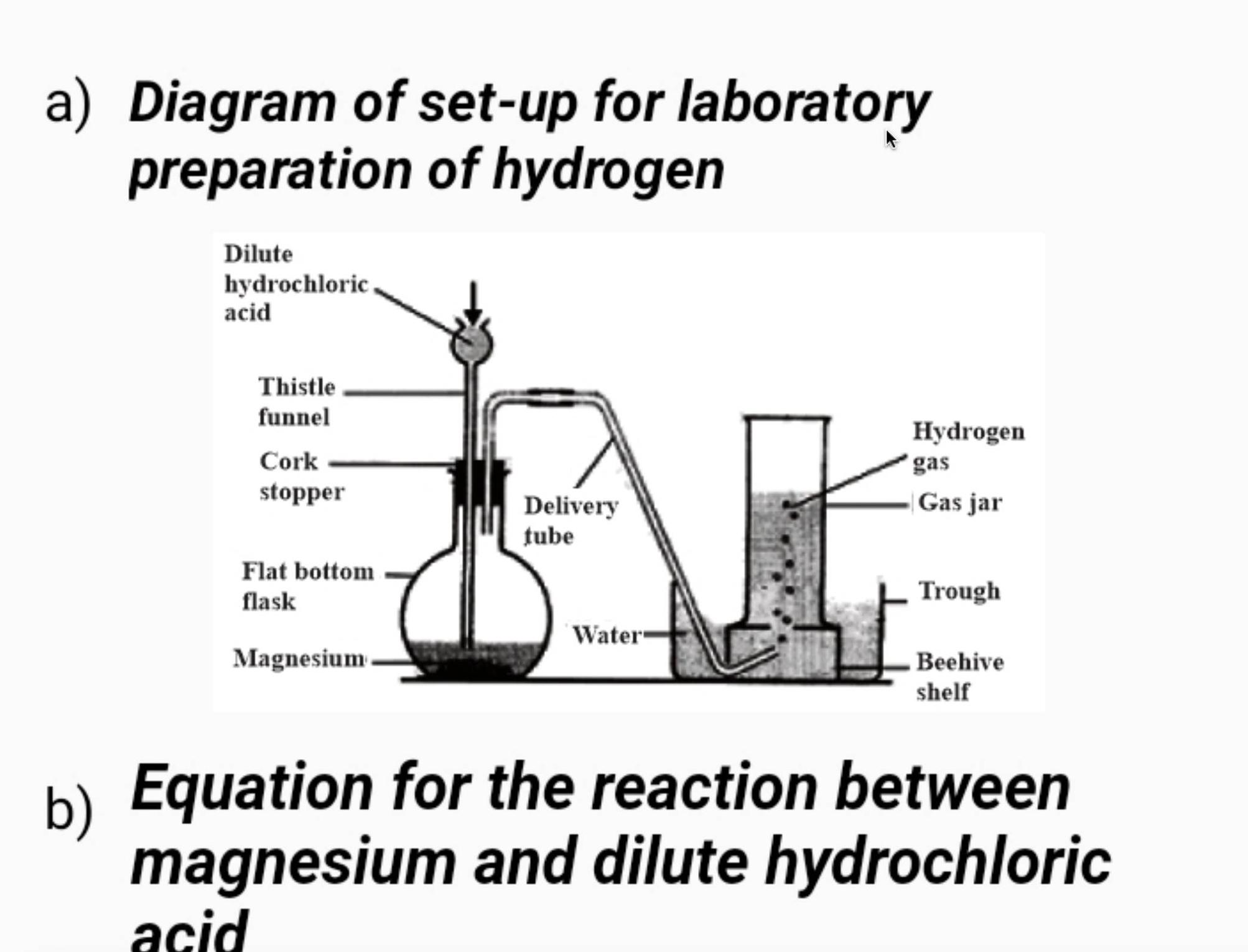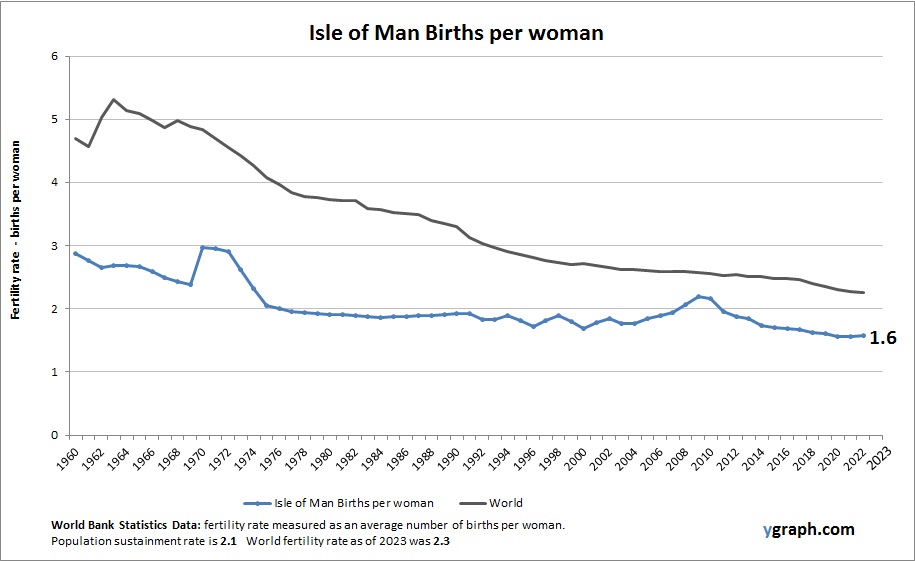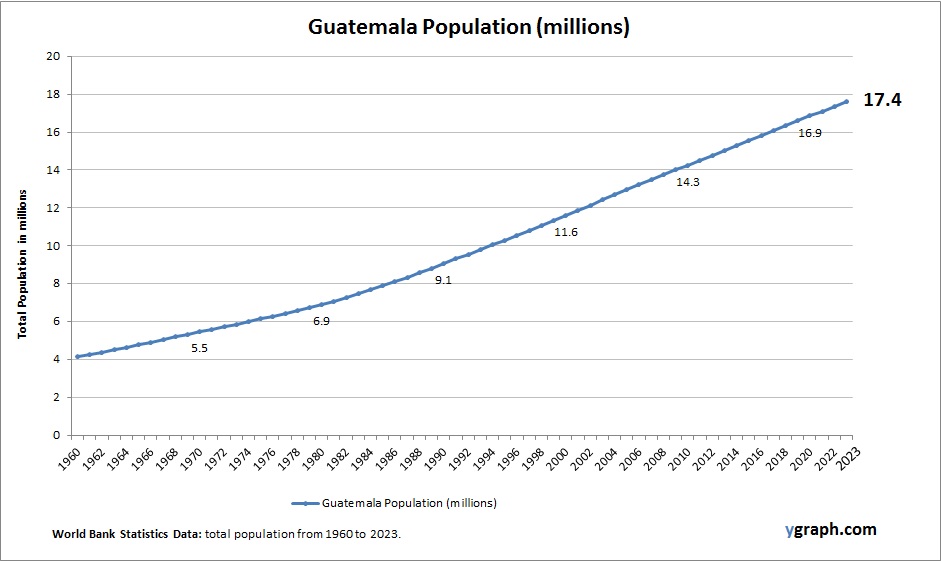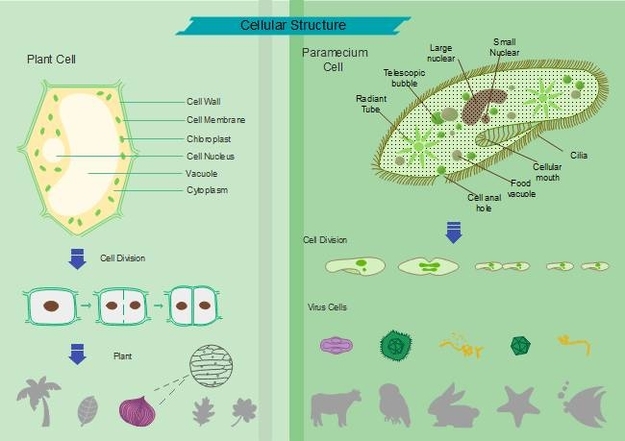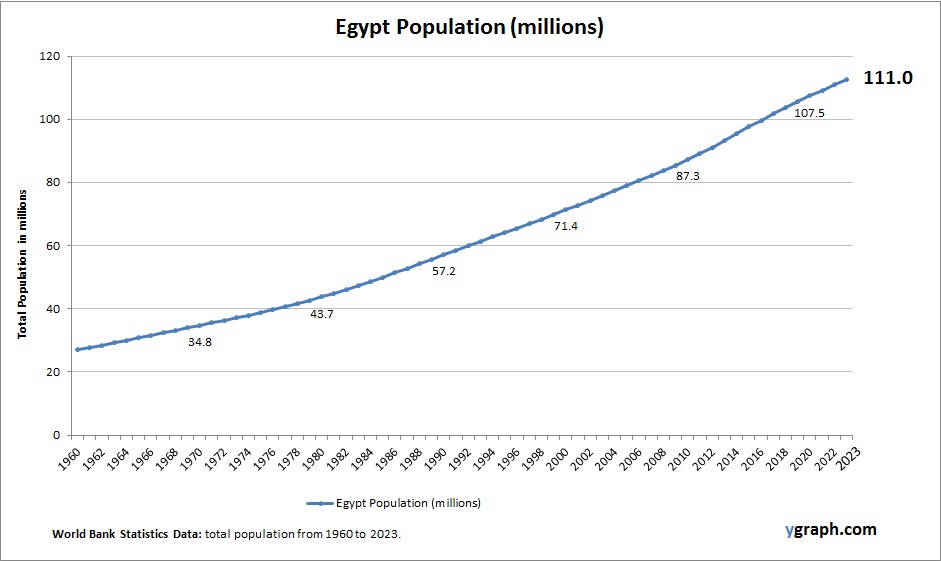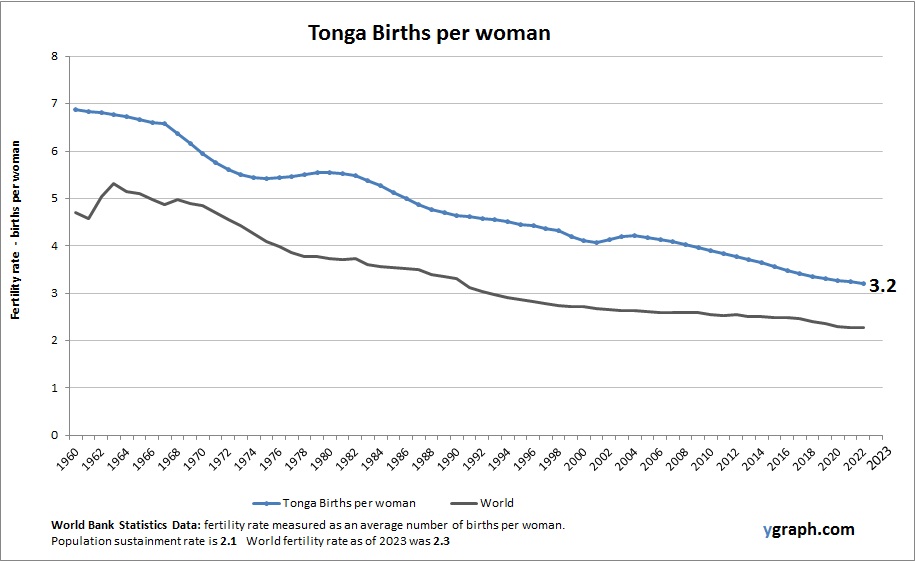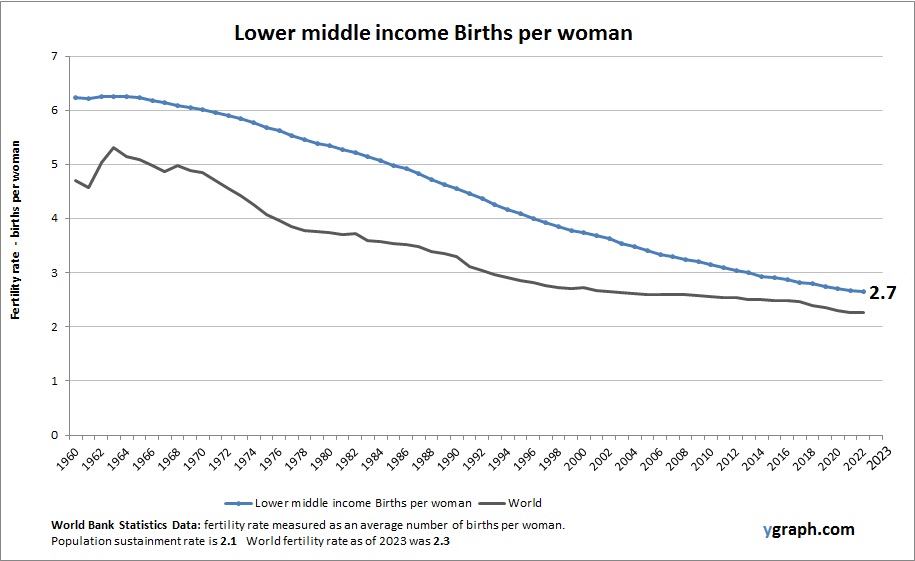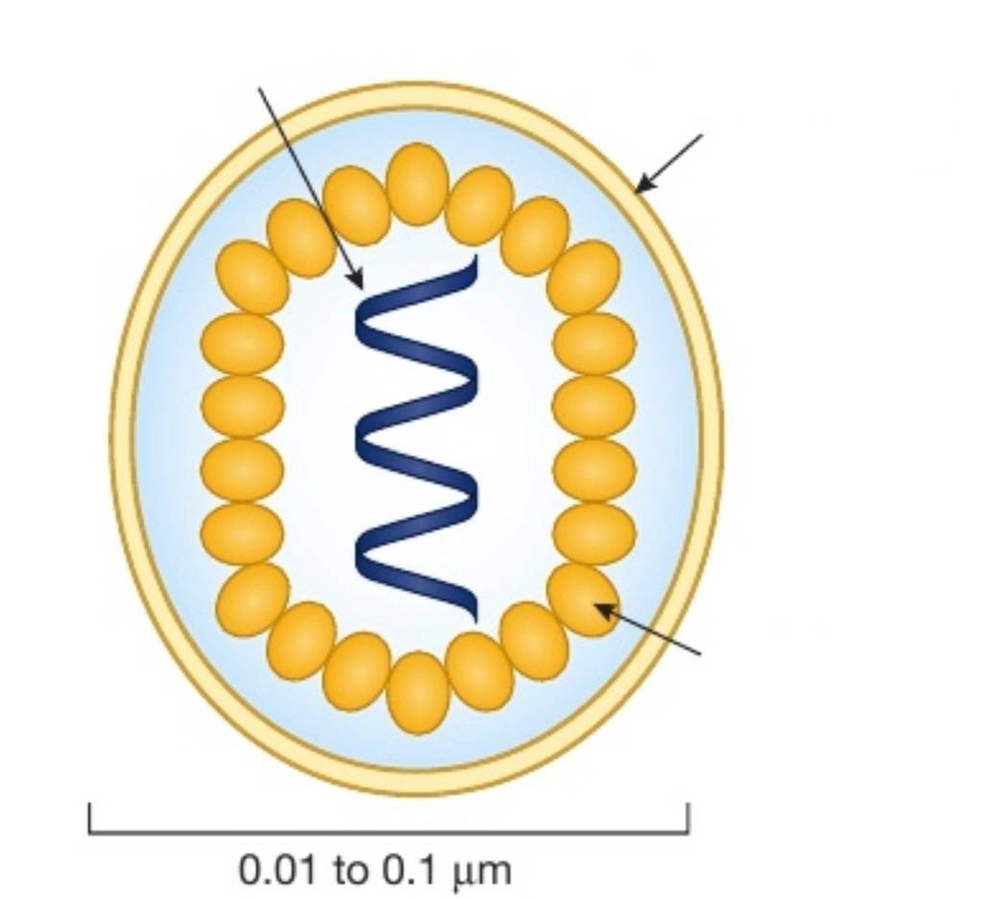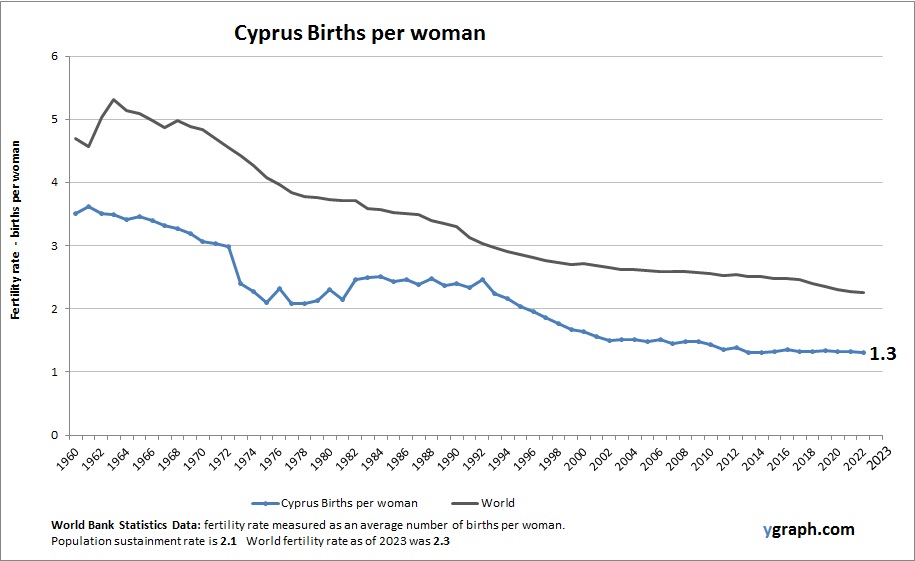This diagram presents Ukraine Births per woman. World Bank is the source of this birth data. Based on the latest available information for Ukraine.
Ukraine has a low fertility rate and significant population loss due to conflict, migration, and demographic aging. These challenges are exacerbated by strained healthcare and economic instability, prompting government and international efforts to support families and displaced populations.
